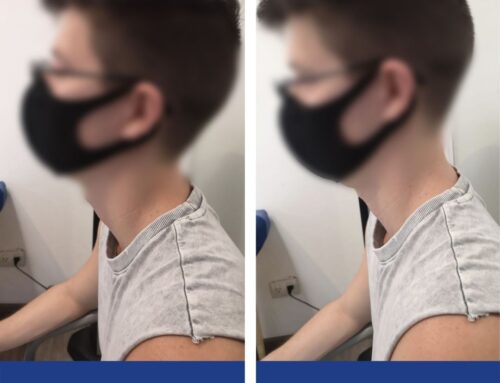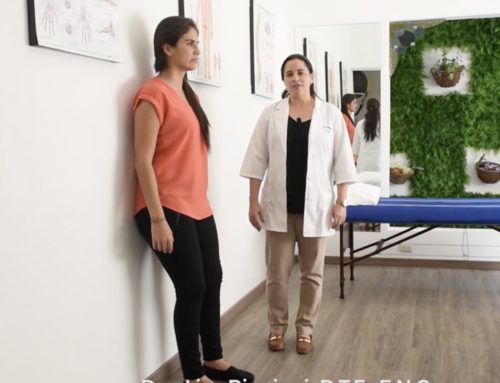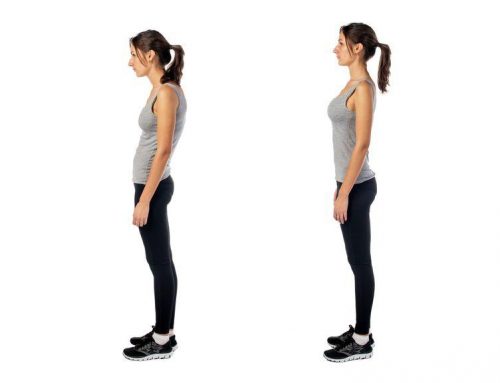Cervical Fusion
Normal Anatomy and Physiology
In order to fully comprehend your surgical procedure, it’s helpful to have background knowledge of a normal healthy spine. The neck is the upper portion of the spine and is part of a long flexible column known as the spinal column. Twenty-four connected bones (vertebrae) make up this column. The seven bones in your neck are referred to as the cervical spine. These vertebrae look similar to building blocks, since each is stacked atop of each other. Every vertebra is separated by a cushion, which is called an intervertebral disk (also spelled disc).
Numerous cervical spine disorders require surgery for relief of painful symptoms. One of the basic underlying factors associated with most spine disorders is the dehydration of the disks. As we age (starting around 30), the gelatin-like centers dry out and become flattened, causing the vertebrae to lose height and its healthy resilience. With this degeneration, the vertebrae get closer together and cause nerve irritation, which usually stems from a ruptured disc, bone spurs, or stenosis.
Herniated cervical disk is a common neck pain diagnosis. You may have heard some interchangeable terminology: ruptured disk, slipped disc, and herniated nucleus pulposus are the same disorder. With this condition, the center of the nucleus bulges through the annulus and presses on a nerve, resulting in neck or arm pain, or weakness in the arm. Some herniated cervical disks occur from injuries or sudden movements: most (80%) arise spontaneously and often occur at night while sleeping
With the aging wear and tear of the spine, some patients develop bony outgrowths. These growths are bone spurs, also known as osteophytes. Bone spurs are the body’s natural response to the inflammation that results from the aging spine. The collection of calcium that turns into the bone spur is a type of natural fusion. However, as they grow and extend, the vertebral openings become narrow. Either the spinal canal and/or the foramen, the opening for nerve passageways, become smaller. This narrowing is stenosis, and results in a pinching (compression) of the spinal or cord or the spinal nerve root. Symptoms include pain, weakness, numbness and loss of coordination in the neck or upper extremities.
Neck movement (vertebral motion) causes the chronic pain. This neurosurgical procedure is performed to relieve the pressure on one or more nerve roots, or on the spinal cord. It involves the stabilization of two or more vertebrae by locking them together (fusing them). The fusion stops the vertebral motion and as a result, the pain is also stopped.
To obtain full text:
Normal Anatomy and Physiology
In order to fully comprehend your surgical procedure, it’s helpful to have background knowledge of a normal healthy spine. The neck is the upper portion of the spine and is part of a long flexible column known as the spinal column. Twenty-four connected bones (vertebrae) make up this column. The seven bones in your neck are referred to as the cervical spine. These vertebrae look similar to building blocks, since each is stacked atop of each other. Every vertebra is separated by a cushion, which is called an intervertebral disk (also spelled disc).
Numerous cervical spine disorders require surgery for relief of painful symptoms. One of the basic underlying factors associated with most spine disorders is the dehydration of the disks. As we age (starting around 30), the gelatin-like centers dry out and become flattened, causing the vertebrae to lose height and its healthy resilience. With this degeneration, the vertebrae get closer together and cause nerve irritation, which usually stems from a ruptured disc, bone spurs, or stenosis.
Herniated cervical disk is a common neck pain diagnosis. You may have heard some interchangeable terminology: ruptured disk, slipped disc, and herniated nucleus pulposus are the same disorder. With this condition, the center of the nucleus bulges through the annulus and presses on a nerve, resulting in neck or arm pain, or weakness in the arm. Some herniated cervical disks occur from injuries or sudden movements: most (80%) arise spontaneously and often occur at night while sleeping
With the aging wear and tear of the spine, some patients develop bony outgrowths. These growths are bone spurs, also known as osteophytes. Bone spurs are the body’s natural response to the inflammation that results from the aging spine. The collection of calcium that turns into the bone spur is a type of natural fusion. However, as they grow and extend, the vertebral openings become narrow. Either the spinal canal and/or the foramen, the opening for nerve passageways, become smaller. This narrowing is stenosis, and results in a pinching (compression) of the spinal or cord or the spinal nerve root. Symptoms include pain, weakness, numbness and loss of coordination in the neck or upper extremities.
Neck movement (vertebral motion) causes the chronic pain. This neurosurgical procedure is performed to relieve the pressure on one or more nerve roots, or on the spinal cord. It involves the stabilization of two or more vertebrae by locking them together (fusing them). The fusion stops the vertebral motion and as a result, the pain is also stopped.
To obtain full text:





